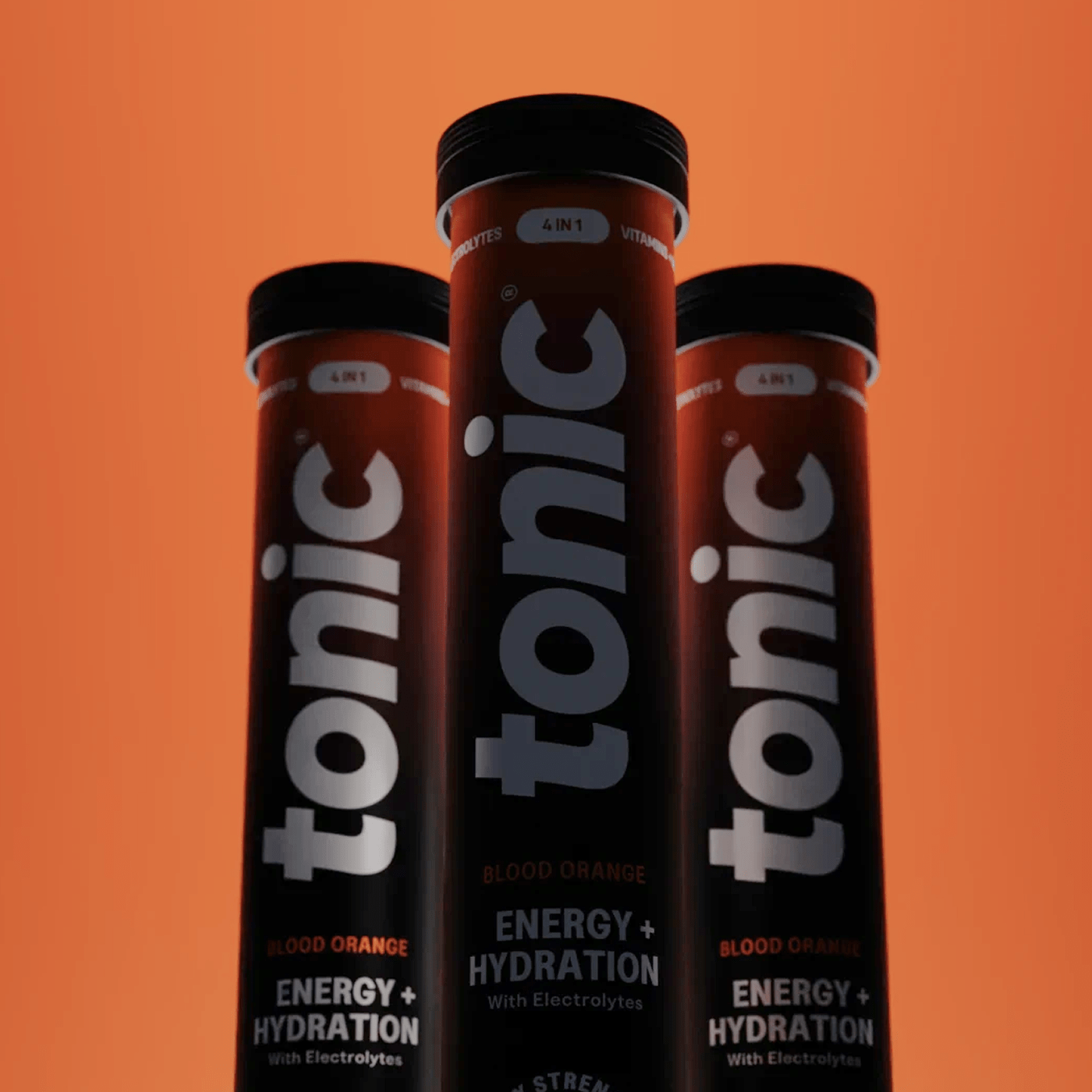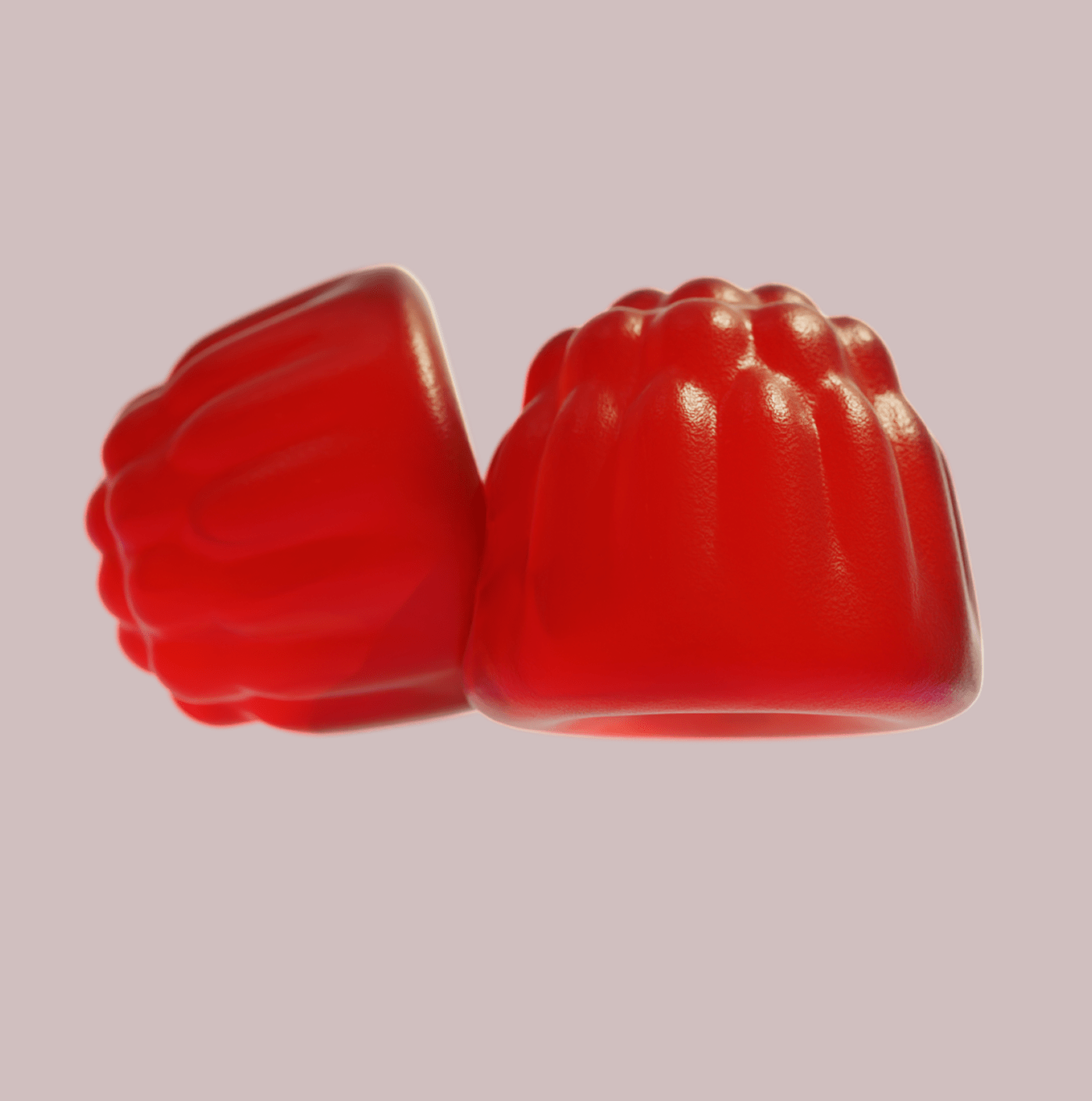This year has presented us with quite a few new habits to get used to; more diligent hand-washing (although we’d hope you were doing that one before!), social distancing, and – of course – the wearing of face coverings in confined spaces to help protect others from COVID-19’s spread.
But that still leaves all of the other health-supporting habits you ought to have been following already, and you might be wondering how your ‘new’ coronavirus practices dovetail with these.
In particular, many people understandably ask whether wearing a mask outdoors on such a regular basis means they don’t have to slather on sun cream quite so often on those hot days. After all, having that extra layer of cloth on your face must equate to at least some protection, right?
Alas, masks aren’t brilliant at shielding you from ultraviolet rays
Hopefully, you’ll already know the ‘way of the world’ when it comes to responsible sun protection. But just in case you don’t, here’s a refresher.
There are two types of ultraviolet, or UV rays that you need to be aware of for shielding your skin against sun damage: UVA and UVB. An easy way to distinguish them is that UVA is linked to skin ageing, while UVB rays are associated with skin burning.
A broad-spectrum sunscreen is needed to protect against both types of UV rays. The British National Health Service (NHS) advises that you seek sun cream with a sun protection factor (SPF) of at least 30 to fend off the potentially harmful effects of UVB rays, as well as no less than four-star UVA protection.
Unfortunately, the sun-protective effect that cloth masks offer falls well short of this. As Cosmopolitan’s deputy beauty editor Lauren Balsamo recently revealed, it was while chatting with Dr Orit Markowitz – the Director of Pigmented Lesions and Skin Cancer at the Department of Dermatology Faculty Practice Mount Sinai Doctors in New York City – that she discovered a typical cloth face mask only provides sun protection equivalent to around SPF 7.
Indeed, your own face covering might not even be giving you that level of protection, given that – as Dr Markowitz also explained – the looser the weave of the fabric, the less effective it will be at blocking UV rays. That’s bad news for those of you who have specifically opted for more “breathable” face masks.
So, you now know what to do... slather on that protection!
In summary, then, you just can’t count on your mask to substitute for sun cream. The answer has to be to wear sun cream of at least SPF 30 under your face covering every day, even if it’s cloudy or you’ll only be outdoors for a few minutes.
And when we say every day, we aren’t necessarily restricting that advice to the summer, or even when you’re outside. Even if you’re spending a lot of time indoors at home right now, it’s worth bearing in mind that while domestic windows tend to block most UVB rays, this doesn’t prevent UVA rays from penetrating the glass and potentially damaging your skin.
It’s a similar story when you’re driving, which is why you might have previously noticed your tan being deeper on your arm closest to the car’s driver-side door.
Such factors together might mean that you don’t even limit yourself to SPF 30 sun cream under your mask, instead going for SPF 50 or more to minimise the harm those UV rays could do. Staying truly safe and healthy during the coronavirus crisis, then, entails so much more than just complying with those supermarket social-distancing markers and slipping that mask on!
Other sources:
https://www.keckmedicine.org/myth-or-fact-you-dont-need-sunscreen-if-you-are-indoors-all-day/
https://tropicskincare.com/blogs/tropic-skincare/why-you-should-wear-sunscreen-every-day-and-indoors
https://www.nbcnews.com/shopping/skin-care/sunscreen-indoors-best-sunblock-face-n1233470







Leave a comment
All comments are moderated before being published.
This site is protected by hCaptcha and the hCaptcha Privacy Policy and Terms of Service apply.